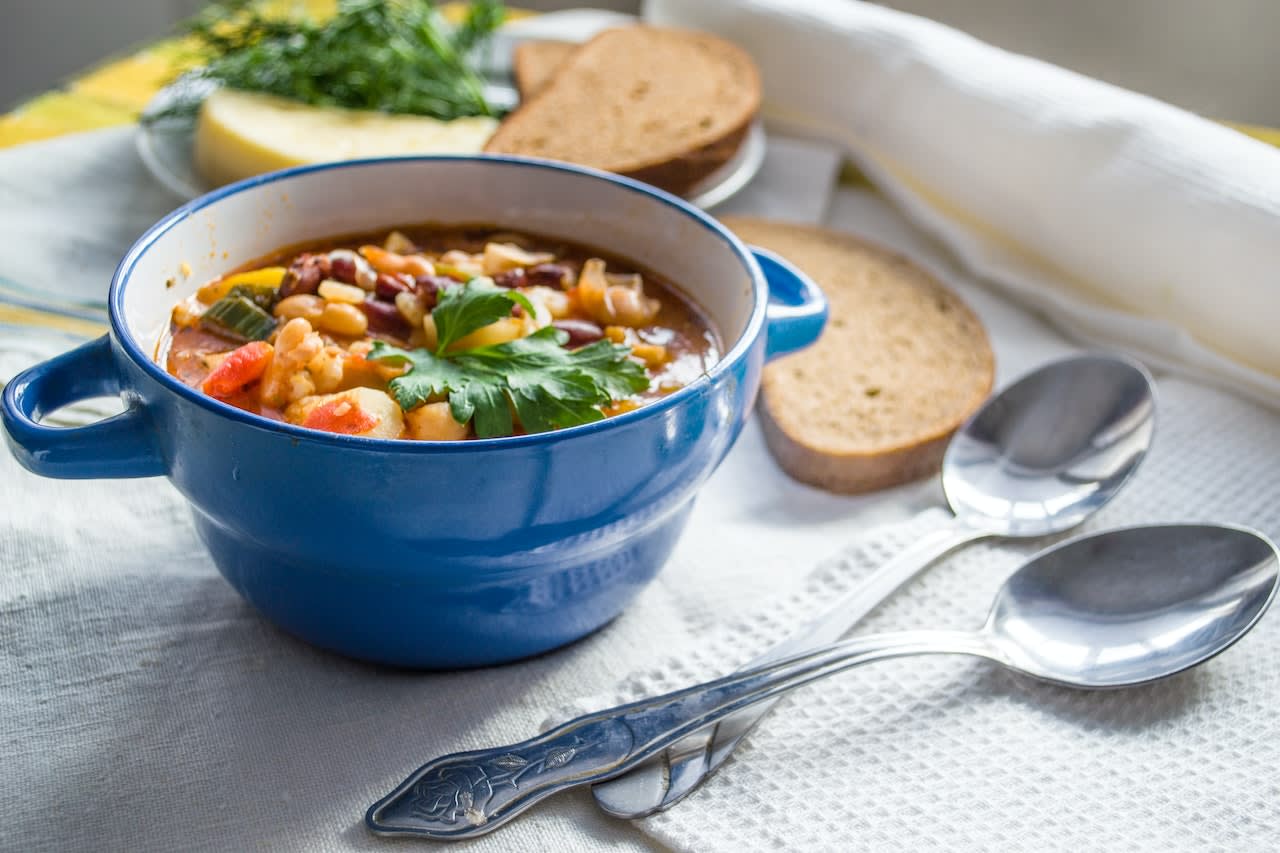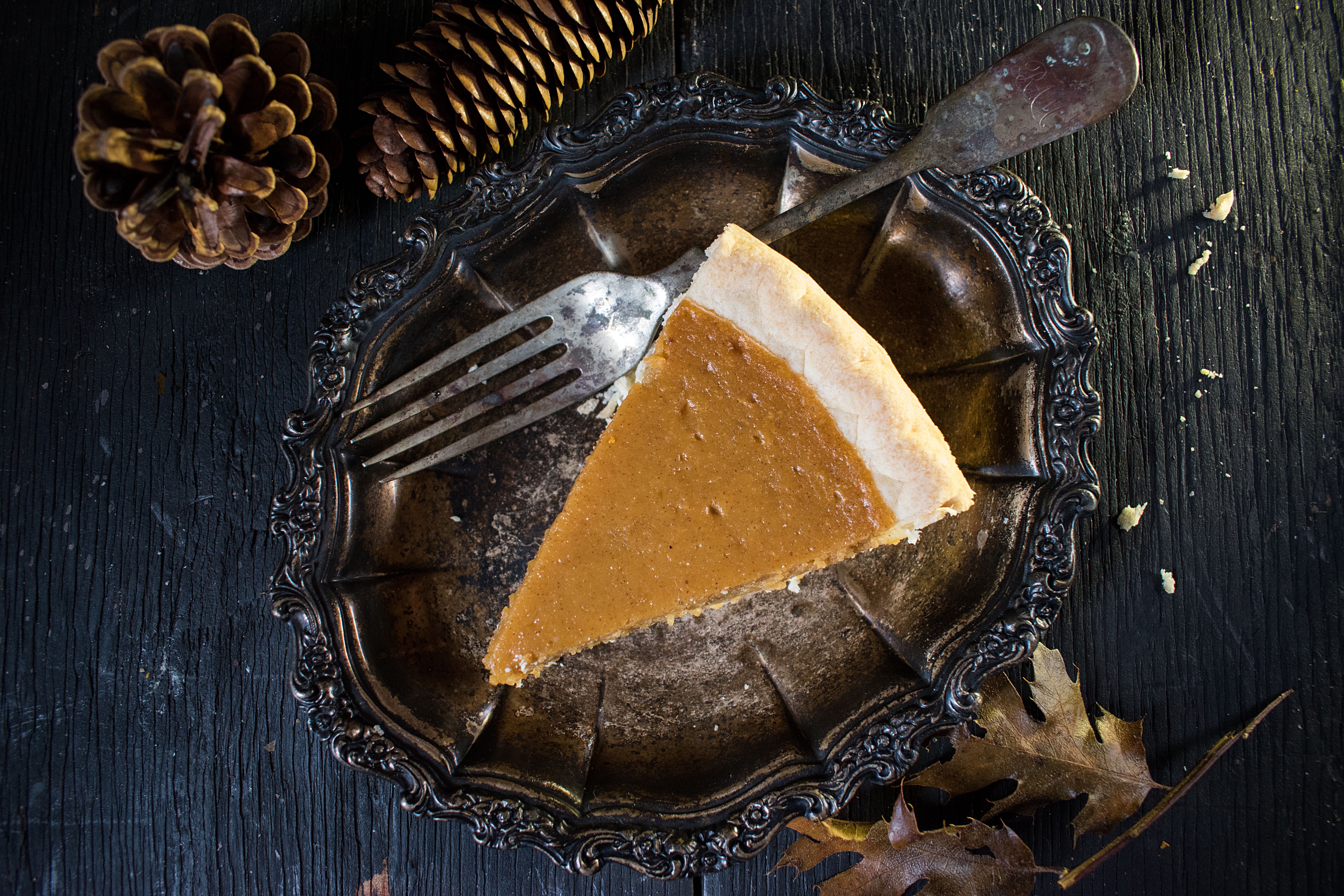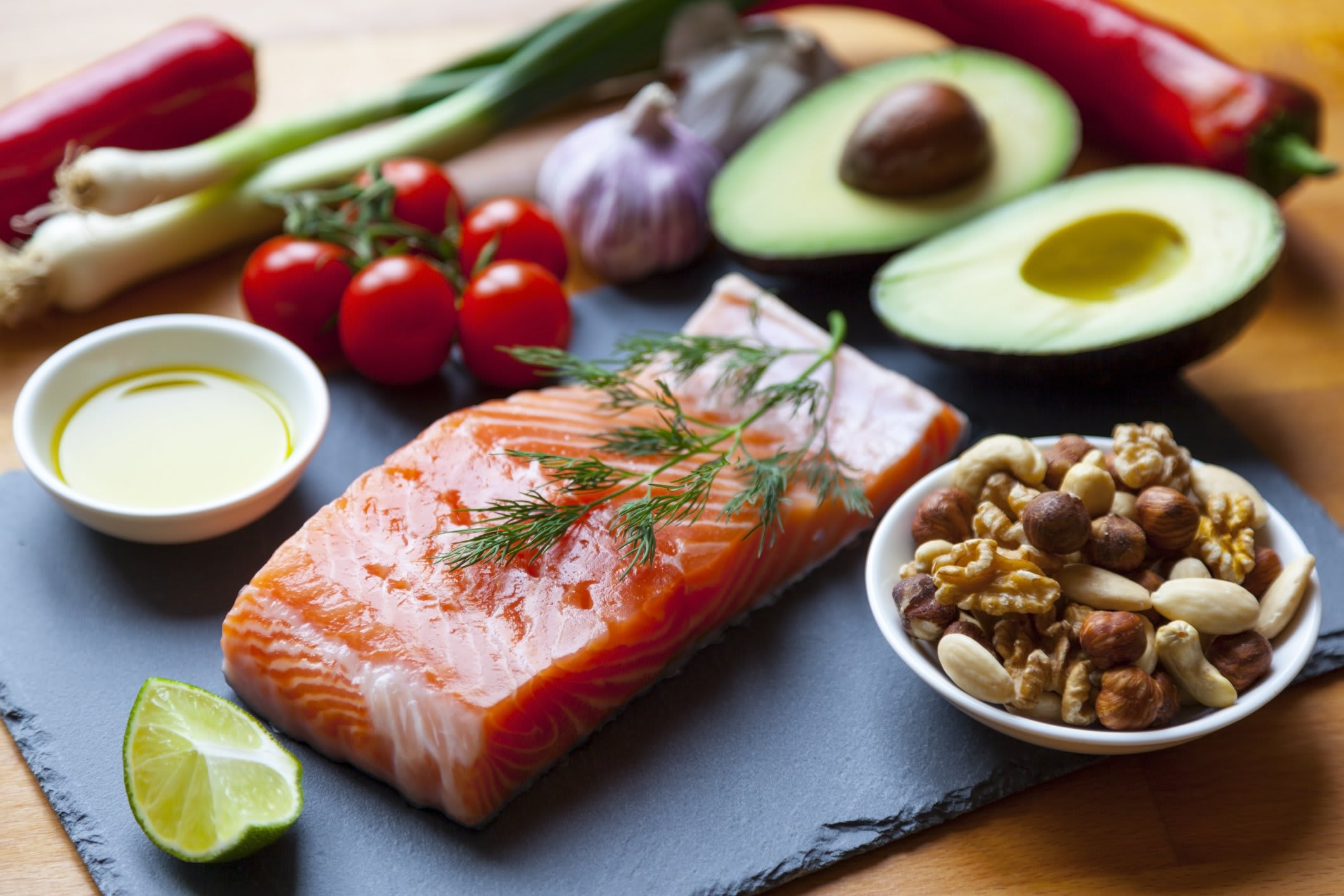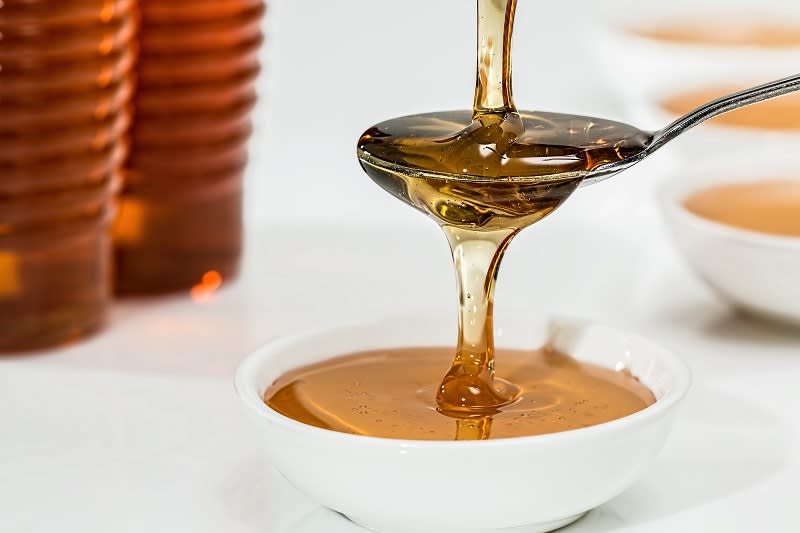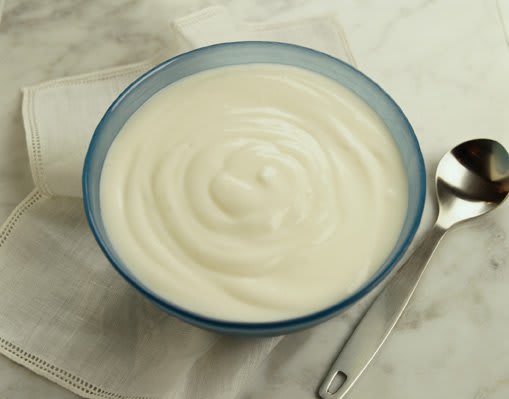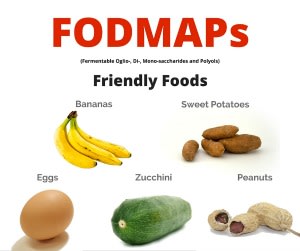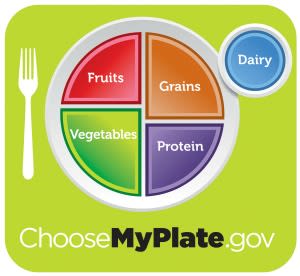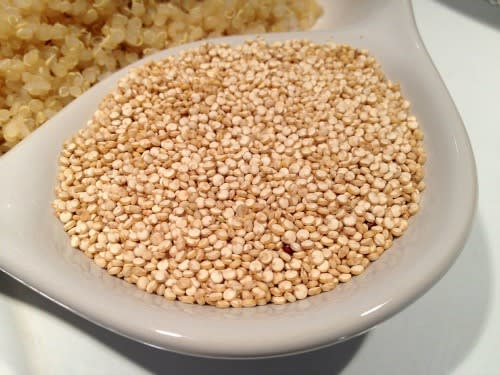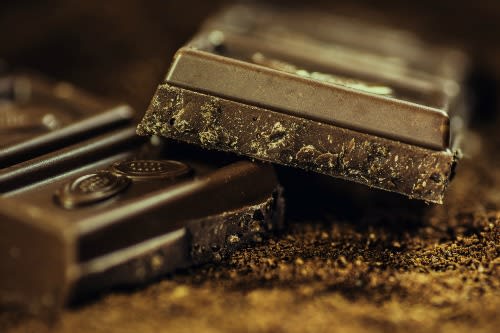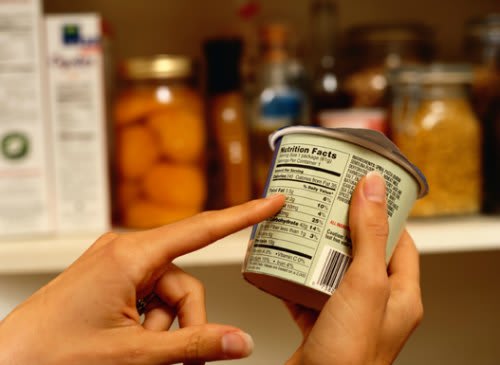Fresh From the Press: The Facts About Olive Oil
Published: May 02, 2016l
By: Angela Finn, Dietetic Intern and Lisa Zarny, MS, RD, CD-N, Clinical Nutrition Manager
Many would agree that olive oil is an acceptable oil to use when cooking, especially since it is one of the oldest known culinary oils and is considered “heart-healthy”. However, which one is best to use? Is Extra Virgin Olive Oil the best? What about Virgin Olive Oil, or Light Olive Oil, or Refined Olive Oil? While all olive oils are known for providing a source of heart-friendly mono-unsaturated fat, not all olive oils are the same. The difference in the grade of olive oils is not the amount of fat or calories, but instead the proportions of refined oil in the given blend, the free fatty acid content, and the flavor.
The free fatty acidity is a direct measure of the quality of the oil, and reflects the care of the olive oil taken right from blossoming and pressing, to the eventual sale and consumption.
The different grades of olive oils are:
- Extra Virgin: The highest grade of olive oil, and the best choice of olive oil in terms of health benefits. Extra Virgin is extracted from olives using only pressure from cold pressing olives more than once. There is excellent flavor, odor, and free fatty acid content (less than 0.8g per 100g).
- Virgin: Similar to Extra Virgin, with a reasonably good flavor, odor, and free fatty acid content (less than 2.0g per 100g). Virgin olive oil comes from the first level of olive pressing.
- Refined: Over half of olive oil produced is of such poor quality that it must be refined to produce an edible amount. This oil is obtained from virgin olive oils and goes through an extensive refining process. It has the lowest free fatty acid content of no more than 0.3g per 100g, but is flavorless and odorless.
-
Light: Refers to a larger proportion of refined oil in the blend and not a reduction in calories. It is the olive oil that has been filtered to remove much of the sediment; it has nothing to do with lighter fat or calorie content, but instead lighter in color.
Information adapted from: https://www.ams.usda.gov/grades-standards/olive-oil-and-olive-pomace-oil-grades-and-standards
Featured Expert/ Author









